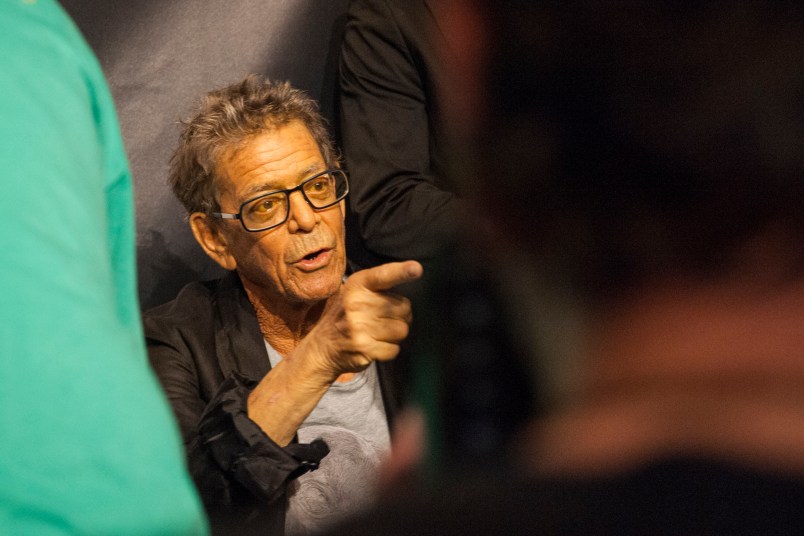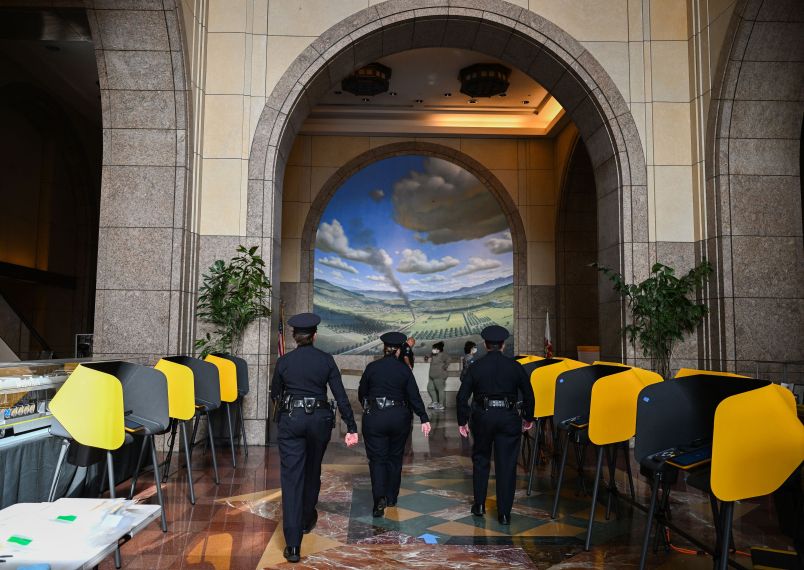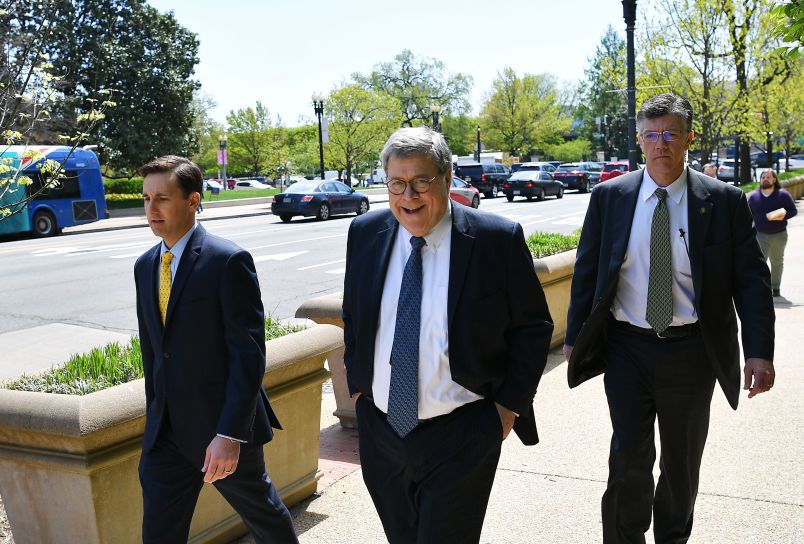Lou Reed was a pioneer for countless bands who didn’t worry about their next hit single.
Reed, who died Sunday at age 71, radically challenged rock’s founding promise of good times and public celebration. As leader of the Velvet Underground and as a solo artist, he was the father of indie rock, and an ancestor of punk, New Wave and the alternative rock movements of the 1970s, ’80s and beyond.
He influenced generations of musicians from David Bowie and R.E.M. to Talking Heads and Sonic Youth.
“The first Velvet Underground record sold 30,000 copies in the first five years,” Brian Eno, who produced albums by Roxy Music and Talking Heads among others, once said. “I think everyone who bought one of those 30,000 copies started a band!”
Reed and the Velvet Underground opened rock music to the avant-garde — to experimental theater, art, literature and film, from William Burroughs to Kurt Weill to Andy Warhol, Reed’s early patron. Raised on doo-wop and Carl Perkins, Delmore Schwartz and the Beats, Reed helped shape the punk ethos of raw power, the alternative rock ethos of irony and droning music and the art-rock embrace of experimentation, whether the dual readings of Beat-influenced verse for “Murder Mystery,” or, like a passage out of Burroughs’ “Naked Lunch,” the orgy of guns, drugs and oral sex on the Velvet Underground’s 15-minute “Sister Ray.”
Reed died in Southampton, N.Y., of an ailment related to his recent liver transplant, according to his literary agent, Andrew Wylie, who added that Reed had been in frail health for months. Reed shared a home in Southampton with his wife and fellow musician, Laurie Anderson, whom he married in 2008.
His trademarks were a monotone of surprising emotional range and power; slashing, grinding guitar; and lyrics that were complex, yet conversational, designed to make you feel as if Reed were seated next to you. Known for his cold stare and gaunt features, he was a cynic and a seeker who seemed to embody downtown Manhattan culture of the 1960s and ’70s and was as essential a New York artist as Martin Scorsese or Woody Allen. Reed’s New York was a jaded city of drag queens, drug addicts and violence, but it was also as wondrous as any Allen comedy, with so many of Reed’s songs explorations of right and wrong and quests for transcendence.
He had one top 20 hit, “Walk On the Wild Side,” and many other songs that became standards among his admirers, from “Heroin” and “Sweet Jane” to “Pale Blue Eyes” and “All Tomorrow’s Parties.” An outlaw in his early years, Reed would eventually perform at the White House, have his writing published in The New Yorker, be featured by PBS in an “American Masters” documentary and win a Grammy in 1999 for Best Long Form Music Video. The Velvet Underground was inducted into the Rock and Roll of Fame in 1996 and their landmark debut album, “The Velvet Underground & Nico,” was added to the Library of Congress’ registry in 2006.
Reed called one song “Growing Up in Public” and his career was an ongoing exhibit of how any subject could be set to rock music — the death of a parent (“Standing On Ceremony), AIDS (“The Halloween Parade”), some favorite movies and plays (“Doin’ the Things That We Want To”), racism (“I Want to be Black”), the electroshock therapy he received as a teen (“Kill Your Sons”).
Reviewing Reed’s 1989 topical album “New York,” Village Voice critic Robert Christgau wrote that “the pleasure of the lyrics is mostly tone and delivery — plus the impulse they validate, their affirmation that you can write songs about this stuff. Protesting, elegizing, carping, waxing sarcastic, forcing jokes, stating facts, garbling what he just read in the Times, free-associating to doomsday, Lou carries on a New York conversation — all that’s missing is a disquisition on real estate.”
He was one of rock’s archetypal tough guys, but he grew up middle class — an accountant’s son raised on Long Island. Reed was born to be a suburban dropout. He hated school, loved rock ‘n’ roll, fought with his parents and attacked them in song for forcing him to undergo electroshock therapy as a supposed “cure” for being bisexual. “Families that live out in the suburbs often make each other cry,” he later wrote.
His real break began in college. At Syracuse University, he studied under Schwartz, whom Reed would call the first “great man” he ever encountered. He credited Schwartz with making him want to become a writer and to express himself in the most concrete language possible. Reed honored his mentor in the song “My House,” recounting how he connected with the spirit of the late, mad poet through a Ouija board. “Blazing stood the proud and regal name Delmore,” he sang.
Reed moved to New York City after college and traveled in the pop and art worlds, working as a house songwriter at the low-budget Pickwick Records and putting in late hours in downtown clubs. One of his Pickwick songs, the dance parody “The Ostrich,” was considered commercial enough to record. Fellow studio musicians included a Welsh-born viola player, John Cale, with whom Reed soon performed in such makeshift groups as the Warlocks and the Primitives.
They were joined by a friend of Reed’s from Syracuse, guitarist-bassist Sterling Morrison; and by an acquaintance of Morrison’s, drummer Maureen Tucker, who tapped out simple, hypnotic rhythms while playing standing up. They renamed themselves the Velvet Underground after a Michael Leigh book about the sexual subculture. By the mid-1960s, they were rehearsing at Warhol’s “Factory,” a meeting ground of art, music, orgies, drug parties and screen tests for films that ended up being projected onto the band while it performed, part of what Warhol called the “Floating Plastic Inevitable.”
“Warhol was the great catalyst,” Reed told BOMB magazine in 1998. “It all revolved around him. It all happened very much because of him. He was like a swirl, and these things would come into being: Lo and behold multimedia. There it was. No one really thought about it, it was just fun.”
Before the Velvets, references to drugs and sex were often brief and indirect, if only to ensure a chance at radio and television play. In 1967, the year of the Velvets’ first album, the Rolling Stones were pressured to sing the title of their latest single as “Let’s Spend Some Time Together” instead of “Let’s Spend the Night Together” when they were performing on “The Ed Sullivan Show.” The Doors fought with Sullivan over the word “higher” from “Light My Fire.”
The Velvets said everything other bands were forbidden to say and some things other bands never imagined. Reed wrote some of rock’s most explicit lyrics about drugs (“Heroin,” ”Waiting for My Man”), sadomasochism (“Venus in Furs”) and prostitution (“There She Goes Again”). His love songs were less stories of boy-meets-girl, than ambiguous studies of the heart, like the philosophical games of “Some Kinda Love” or the weary ballad “Pale Blue Eyes,” an elegy for an old girlfriend and a confession to a post-breakup fling:
___
It was good what we did yesterday
And I’d do it once again
The fact that you are married
Only proves you’re my best friend
But it’s truly, truly a sin
___
Away from the Factory, the Velvets and were all too ahead of their time, getting tossed out of clubs or having audience members walk out. The mainstream press, still seeking a handle on the Beatles and the Stones, was thrown entirely by the Velvet Underground. The New York Times at first couldn’t find the words, calling the Velvets “Warhol’s jazz band” in a January 1966 story and “a combination of rock ‘n roll and Egyptian belly-dance music” just days later. The Velvets’ appearance in a Warhol film, “More Milk, Yvette,” only added to the dismay of Times critic Bosley Crowther.
“Also on the bill is a performance by a group of rock ‘n’ roll singers called the Velvet Underground,” Crowther wrote. “They bang away at their electronic equipment, while random movies are thrown on the screen in back of them. When will somebody ennoble Mr. Warhol with an above-ground movie called ‘For Crying Out Loud’?”
At Warhol’s suggestion, they performed and recorded with the sultry, German-born Nico, a “chanteuse” who sang lead on a handful of songs from their debut album. A storm cloud over 1967’s Summer of Love, “The Velvet Underground & Nico” featured a now-iconic Warhol drawing of a (peelable) banana on the cover and proved an uncanny musical extension of Warhol’s blank-faced aura. The Velvets juxtaposed childlike melodies with dry, affectless vocals on “Sunday Morning” and “Femme Fatale.” On “Heroin,” Cale’s viola screeched and jumped behind Reed’s obliterating junkie’s journey, with his sacred vow, “Herrrrrr-o-in, it’s my wife, and it’s my life,” and his cry into the void, “And I guess that I just don’t know.”
“‘Heroin’ is the Velvets’ masterpiece — seven minutes of excruciating spiritual extremity,” wrote critic Ellen Willis. “No other work of art I know about has made the junkie’s experience so horrible, so powerful, so appealing; listening to ‘Heroin’ I feel simultaneously impelled to somehow save this man and to reach for the needle.”
Reed made just three more albums with the Velvet Underground before leaving in 1970. Cale was pushed out by Reed in 1968 (they had a long history of animosity) and was replaced by Doug Yule. Their sound turned more accessible, and the final album with Reed, “Loaded,” included two upbeat musical anthems, “Rock and Roll” and “Sweet Jane,” in which Reed seemed to warn Velvets fans — and himself — that “there’s even some evil mothers/Well they’re gonna tell you that everything is just dirt.”
He lived many lives in the ’70s, initially moving back home and working at his father’s office, then competing with Keith Richards as the rock star most likely to die. He binged on drugs and alcohol, gained weight, lost even more and was described by critic Lester Bangs as “so transcendently emaciated he had indeed become insectival.” Reed simulated shooting heroin during concerts, cursed out journalists and once slugged David Bowie when Bowie suggested he clean up his life.
“Lou Reed is the guy that gave dignity and poetry and rock ‘n’ roll to smack, speed, homosexuality, sadomasochism, murder, misogyny, stumblebum passivity, and suicide,” wrote Bangs, a dedicated fan and fearless detractor, “and then proceeded to belie all his achievements and return to the mire by turning the whole thing into a monumental bad joke with himself as the woozily insistent Henny Youngman in the center ring, mumbling punch lines that kept losing their punch.”
His albums in the ’70s were alternately praised as daring experiments or mocked as embarrassing failures, whether the ambitious song suite “Berlin” or the wholly experimental “Metal Machine Music,” an hour of electronic feedback. But in the 1980s, he kicked drugs and released a series of acclaimed albums, including “The Blue Mask,” ”Legendary Hearts” and “New Sensations.”
He played some reunion shows with the Velvet Underground and in 1990 teamed with Cale for “Drella,” a spare tribute to Warhol. He continued to receive strong reviews in the 1990s and after for such albums as “Set the Twilight Reeling.” And “Ecstasy” and he continued to test new ground, whether a 2002 concept album about Edgar Allan Poe, “The Raven,” or a 2011 collaboration with Metallica, “Lulu.”
Reed fancied dictionary language like “capricious” and “harridan,” but he found special magic in the word “bells,” sounding from above, “up in the sky,” as he sang on the Velvets’ “What Goes On.” A personal favorite was the title track from a 1979 album, “The Bells.” Over a foggy swirl of synthesizers and horns, suggesting a haunted house on skid row, Reed improvised a fairy tale about a stage actor who leaves work late at night and takes in a chiming, urban “Milky Way.”
___
It was really not so cute
to play without a parachute
As he stood upon the ledge
Looking out, he thought he saw a brook
And he hollered, ‘Look, there are the bells!’
And he sang out, ‘Here come the bells!
Here come the bells! Here come the bells!
Here come the bells!’










